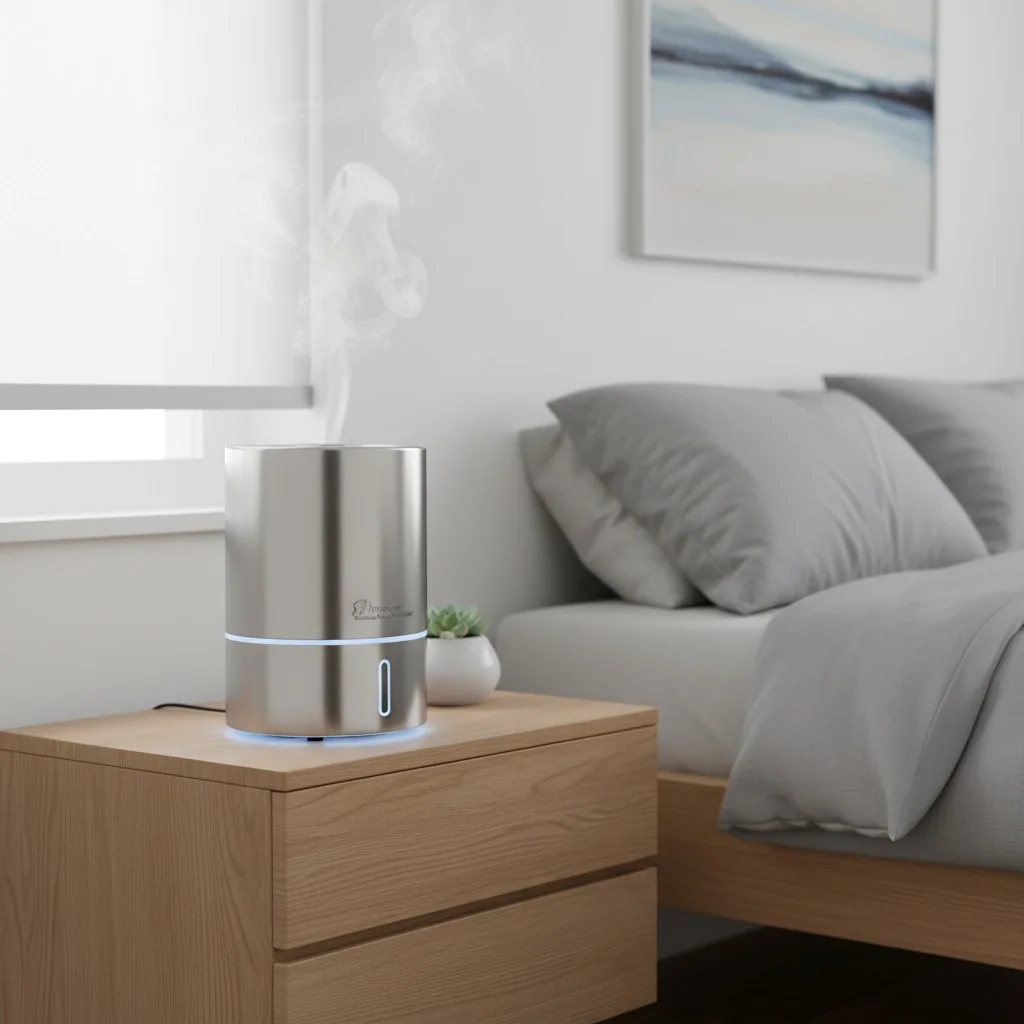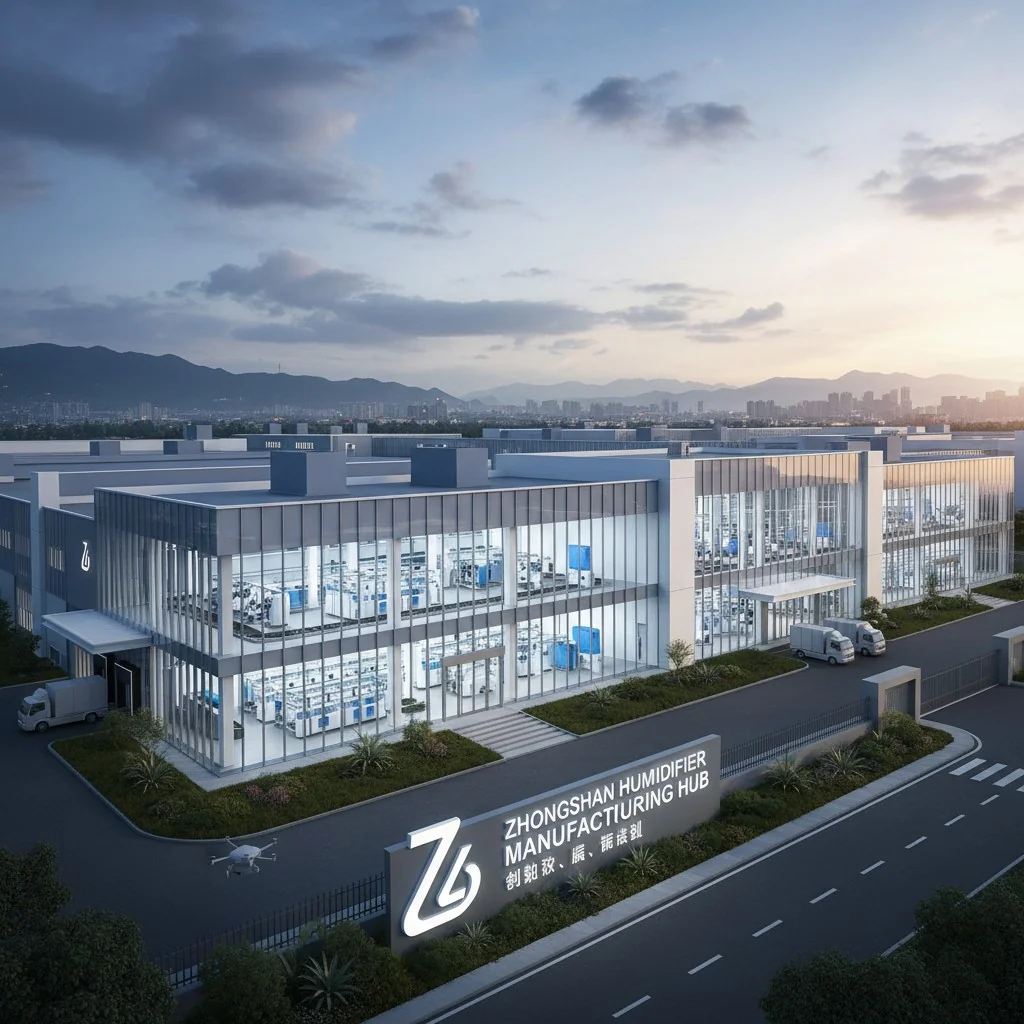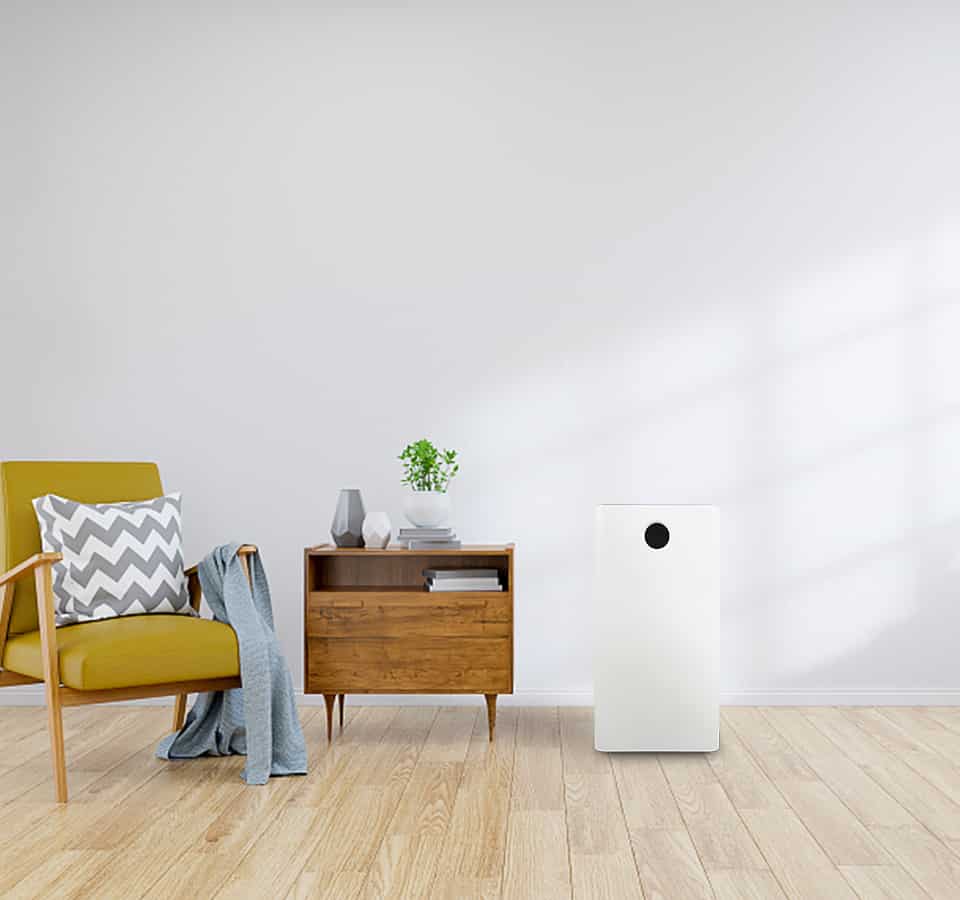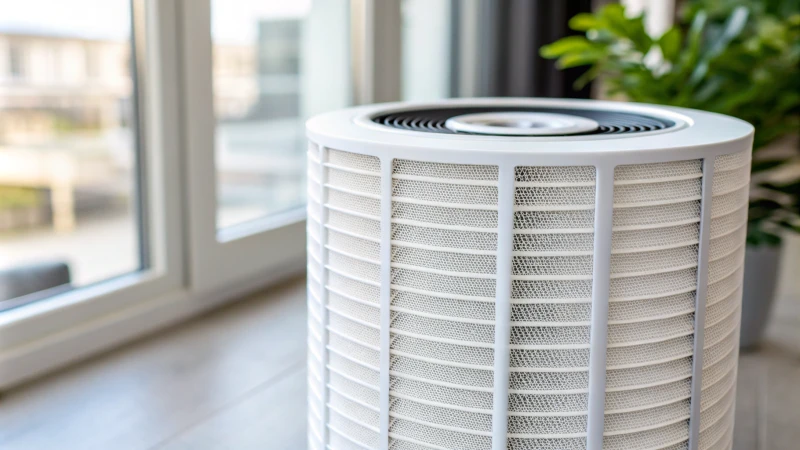
¿Alguna vez ha sentido cosquillas de polvo en la nariz? Los purificadores de aire vienen al rescate, convirtiendo las habitaciones en lugares con aire fresco.
Filtros de alta eficacia, como HEPA 13 y HEPA 14, son importantes para los purificadores de aire modernos. Atrapan más del 99,997% de las partículas del aire, incluidos el polvo y los alérgenos. Estos filtros mejoran la calidad del aire atrapando las partículas nocivas al tiempo que permiten que el aire fluya libremente. Filtros como estos son esenciales para un espacio interior más saludable. Sí, realmente esenciales.
Recuerdo que me despertaba con picor de ojos y congestión nasal, sobre todo después de tener un gato peludo. Todas las mañanas tenía la misma sensación. Un purificador de aire con un filtro potente me ayudó mucho. Mis mañanas cambiaron mucho después de eso. La tecnología de estos filtros me asombra. Los filtros hacen más que atrapar partículas. Bloquean los posibles alérgenos. Esto ayuda a las personas con problemas respiratorios. Ahora, profundicemos para entender cómo funcionan estos aparatos. Probablemente te traen el aire fresco que necesitas a casa.
Los filtros HEPA 14 eliminan el 99,997% de las partículas suspendidas en el aire.Verdadero
Los filtros HEPA 14 están diseñados para capturar el 99,997% de las partículas, mejorando la calidad del aire.
PuroAir es la primera marca de purificadores de aire en Amazon.Falso
PuroAir dice ser la primera, pero muchas marcas existían antes que ella en Amazon.
¿Por qué HEPA 13 y HEPA ¿14 filtros especiales?
¿Has pensado alguna vez por qué HEPA 13 y HEPA 14 filtros son tan populares en la limpieza del aire?
HEPA 13 y HEPA 14 filtros son especiales. Atrapan más del 99,95% y 99,995% de las partículas del aire. Su moderna tecnología proporciona una gran eficacia y una pequeña resistencia. Estos filtros son ideales para purificadores de aire potentes.
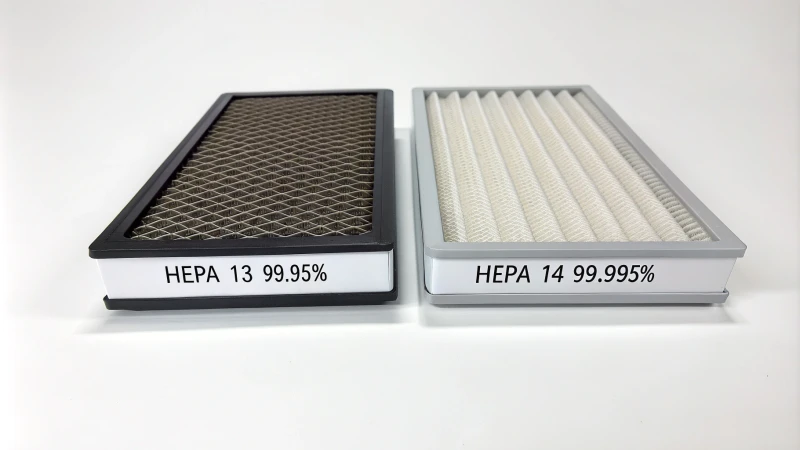
Comprender HEPA Normas de filtración
De niño, me enfrentaba a menudo a las alergias, siempre luchando contra enemigos invisibles en el aire. Probablemente por eso me interesó tanto la tecnología de purificación del aire. Se convirtió en algo más que un trabajo. Era algo personal. HEPAque significa Aire Particulado de Alta Eficacia, se menciona a menudo cuando se trata de filtrar esas partículas diminutas. Estos filtros son campeones en atrapar pequeñas partículas como el polvo y el polen - cosas que me hicieron estornudar mucho.
| Tipo de filtro | Tasa de eficiencia | Eliminación de partículas |
|---|---|---|
| HEPA 13 | 99.95% | Captura partículas de hasta 0,1 micras |
| HEPA 14 | 99.995% | Captura partículas de hasta 0,1 micras |
HEPA 13 y HEPA 14 difieren en lo bien que filtran. Ambos hacen muy bien en la captura de partículas tan pequeñas como 0,1 micras, pero HEPA 14 consigue una eficiencia ligeramente superior. Esta ligera diferencia hace que HEPA 14 una elección superior.
Los hospitales y los laboratorios confían en estos filtros cuando el aire limpio es crucial, no sólo agradable de tener.
Avances tecnológicos
Cuando trabajé por primera vez para mejorar la tecnología de los medios filtrantes, sentí como si entrara en un nuevo mundo de posibilidades. Los nuevos cambios han mejorado realmente la forma en que HEPA 13 y HEPA 14 filtros funcionan. Imagínese la captura de más partículas, manteniendo un buen flujo de aire - los modelos antiguos lucharon con esto.
Algunas marcas, como PuroAir1han mantenido un descenso inferior a 10% en la tasa de suministro de aire limpio (CADR) utilizando HEPA 14 manteniendo una capacidad de filtración excepcional.
Aplicaciones y tendencias del mercado
Tras la pandemia, la calidad del aire se convirtió en un tema importante. Muchos, entre los que me incluyo, vieron la necesidad de un aire limpio, sobre todo en interiores. Ahora muchos compran filtros de alta eficiencia como HEPA 13 y HEPA 14 para espacios interiores.
Los filtros "que nunca se cambian" son una idea nueva y emocionante que proporciona a los usuarios un ahorro de costes a largo plazo al reducir la frecuencia de sustitución de los filtros: ¡una gran ayuda para quienes cuidan su presupuesto! Empresas como SharK lideran esta tecnología, mientras que HisoAir también avanza.
Con la mejora de la tecnología, elegir entre HEPA 13 y HEPA 14 depende de las necesidades y del presupuesto. Sin embargo, con el aumento de las opciones y los avances tecnológicos, los consumidores tienen más opciones que nunca para garantizar un aire más limpio en sus entornos.
Los filtros HEPA 14 capturan más del 99,997% de partículas.Verdadero
Los filtros HEPA 14 están diseñados para capturar al menos el 99,997% de las partículas suspendidas en el aire.
PuroAir es la primera marca de purificadores de aire en Amazon.Falso
PuroAir dice ser una marca líder pero no es la primera en Amazon.
¿Cómo mejoran la calidad del aire los filtros de alta eficiencia?
¿Ha pensado alguna vez en cómo esos filtros de alta eficiencia cambian realmente el aire que respiramos? Quiero contarte mi exploración en el reino de estos campeones de la limpieza del aire.
HEPA capturan casi el 99,97% de las partículas del aire, como el polvo, el polen y las bacterias. Las capas densas atrapan estas partículas, limpiando el aire y mejorando realmente su frescura. Reducen realmente los contaminantes.

Conocer HEPA Tecnología
Recuerdo cuando encontré por primera vez un HEPA era como disponer de una herramienta oculta contra la suciedad invisible de nuestros hogares. Estos filtros, denominados filtros de partículas de aire de alta eficiencia (HEPA), atrapan al menos el 99,97% de las partículas diminutas del aire de hasta 0,3 micras. Imagine pasear por un jardín donde todo el polen queda atrapado en una red, dejando pasar sólo aire limpio. Esto es exactamente lo que consiguen estos filtros con su grueso material.
HEPA La tecnología no sólo limpia el aire, sino que nos reconforta, especialmente a las personas con problemas respiratorios. Saber que estos filtros limpian incansablemente el aire hace que cada respiración sea más segura.
Funcionamiento de HEPA Filtros
Me quedé realmente asombrado cuando descubrí cómo HEPA Los filtros funcionan como pequeños héroes con tres habilidades especiales: interceptación, impactación y difusión. He aquí cómo actúan:
- Intercepción: El aire pasa a través del filtro y las fibras atrapan las partículas.
- Impactación: Las partículas más grandes golpean las fibras y se quedan allí.
- Difusión: Las partículas diminutas se mueven al azar y quedan atrapadas.
Estas acciones se fusionan, creando una fuerte protección contra muchos contaminantes. Esta protección mantiene muy limpio el aire que respiramos.
Comparación de tipos de filtro
| Tipo de filtro | Tasa de eficiencia | Tamaño de las partículas (micras) | Casos prácticos |
|---|---|---|---|
| HEPA | 99.97% | 0.3 | Hogares, hospitales |
| Carbono | Variable | Gases, olores | Cocinas, oficinas |
| UV | Varía | Microorganismos | Hospitales, laboratorios |
HEPA son realmente sorprendentes a la hora de eliminar la mayoría de las partículas contaminantes del aire. Esta tabla muestra por qué HEPA es muy especial en comparación con otros tipos de filtros.
Avances en material filtrante
En mi búsqueda de un aire más puro, he encontrado algunas mejoras interesantes. Marcas como PuroAir2 han mejorado HEPA para que sigan siendo muy eficaces y, al mismo tiempo, permitan un mayor movimiento del aire. Esta mejora permite que los purificadores de aire funcionen de forma más silenciosa y eficaz, manteniendo al mismo tiempo su rendimiento, un sueño para quienes valoran tanto la tranquilidad como la salud.
Usos en la vida real
Los filtros de alta eficiencia no sólo son útiles en casa; son vitales en los hospitales para mantener limpios los ambientes y muy útiles en las oficinas. Una mejor calidad del aire se traduce probablemente en un mayor rendimiento laboral y menos días de baja por enfermedad: todos ganamos.
Mirando hacia el futuro en la limpieza del aire
El futuro parece prometedor con nuevas ideas como filtros de gran capacidad que retienen más polvo. Empresas como SharK3 venden filtros que no hay que cambiar nunca, por lo que su mantenimiento es muy asequible para los compradores. Esto encaja perfectamente con la creciente demanda de opciones sostenibles y asequibles.
En resumen, los filtros de alta eficacia desempeñan un papel fundamental para hacer más saludables los espacios interiores. Con el avance de la tecnología, estos filtros serán cada vez más potentes y estarán cada vez más disponibles. Conocer estos sistemas y sus mejoras nos permite tomar decisiones acertadas para mejorar la calidad del aire interior.
Los filtros HEPA 14 eliminan el 99,997% de las partículas.Verdadero
Los filtros HEPA 14 capturan más del 99,997% de las partículas suspendidas en el aire, mejorando la calidad del aire.
PuroAir es la primera marca de purificadores de aire en Amazon.Falso
PuroAir pretende ser una marca líder, pero no la primera en Amazon.
¿Son rentables los filtros avanzados?
¿Ha pensado alguna vez cómo los filtros avanzados pueden ahorrarle dinero? Estas modernas herramientas podrían ayudar de verdad a su presupuesto. Los filtros avanzados pueden ser realmente los mejores amigos de su cartera.
HEPA 14 filtros reducen mucho los costes al limpiar mejor el aire. Los edificios necesitan menos reparaciones. Esto significa probablemente gastar menos en gastos sanitarios y de funcionamiento. Con el tiempo, el ahorro se acumula.
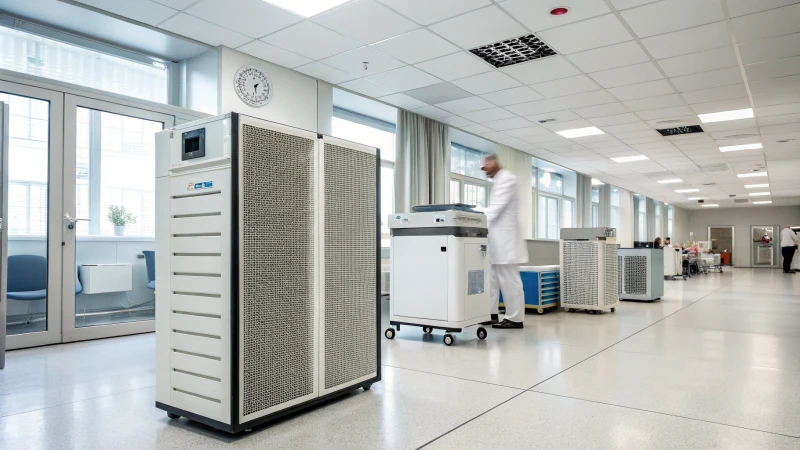
La ventaja económica de HEPA Filtros
Recuerdo cuando puse un HEPA filtro en el purificador de aire de mi oficina. Fue como entrar en un nuevo mundo de aire fresco. HEPA filtros, especialmente HEPA 14, capturar casi todas las partículas en el aire. Este cambio significó que mi equipo tomó menos días de enfermedad4lo que redujo nuestros costes sanitarios. Un aire más limpio significaba menos preocupaciones por los alérgenos y más concentración en el trabajo. Menos preocupaciones. Más trabajo.
Reducción de costes de mantenimiento
Al principio, los precios más altos de los filtros avanzados me preocupaban, pero su calidad duradera y su buen rendimiento pronto cubrieron esos costes. Marcas como SharK y HisoAir5 venden filtros "que no se cambian nunca", lo que reduce la frecuencia de sustitución. Saber que los cambios frecuentes de filtro eran innecesarios realmente hizo que el coste inicial mereciera la pena. Realmente valió la pena.
| Tipo de filtro | Coste inicial | Frecuencia de sustitución | Ahorro a largo plazo |
|---|---|---|---|
| Estándar | Bajo | Alta | Moderado |
| HEPA 13 | Moderado | Moderado | Alta |
| HEPA 14 | Alta | Bajo | Muy alta |
Consideraciones sobre eficiencia energética
Aunque el precio de salida es elevado, HEPA 14 filtros están fabricados para reducir la resistencia del aire. Esta característica reduce la presión sobre los sistemas de calefacción, ventilación y aire acondicionado y consume menos energía. Así se reducen las facturas de energía. Si le preocupa ahorrar dinero y proteger el planeta, esta eficiencia energética es una gran ayuda. Comprender estos aspectos energéticos6 es importante para reducir costes y disminuir el impacto del carbono.
El papel de los avances tecnológicos
Los avances en los materiales filtrantes han aportado filtros de alta eficacia y baja resistencia, a menudo mejores que los antiguos. El sitio Tasa de entrega de aire limpio (CADR)7 se mantiene fuerte incluso con estas mejoras, manteniendo el aire muy limpio. La adopción de estas mejoras tecnológicas demostró que la inversión en mi filtro era acertada. Ahora son una parte muy importante de mi plan de negocio.
Los filtros HEPA 14 eliminan más del 99,997% de partículas.Verdadero
Los filtros HEPA 14 están diseñados para capturar el 99,997% de las partículas suspendidas en el aire.
El uso de filtros HEPA 13 ofrece un mayor ahorro de costes que los HEPA 14.Falso
Los filtros HEPA 14 ofrecen una mayor eficacia y ventajas económicas a largo plazo.
Son HEPA ¿Filtra la respuesta a sus problemas de alergia?
A veces, al entrar en una habitación, el aire parece limpio y fresco, lo que produce una sensación de alivio. Esta sensación suele deberse a la presencia de un HEPA filtro, especialmente importante para los alérgicos. Las alergias pueden causar molestias. A HEPA ayuda a eliminar los alérgenos del aire. Este pequeño dispositivo crea una diferencia significativa en la calidad del aire. El aire limpio es crucial. Las alergias se hacen más llevaderas cuando el aire está purificado.
HEPA hacen un gran trabajo atrapando alérgenos como el polen, los ácaros del polvo y el pelo de las mascotas. Atrapan partículas tan pequeñas como 0,3 micras. Una gran ayuda para los alérgicos. Realmente proporcionan un alivio notable.
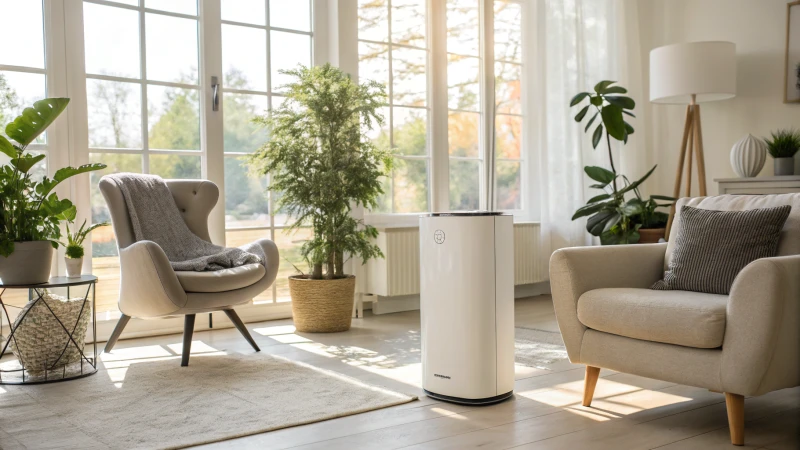
¿Cómo HEPA ¿Funcionan los filtros?
Imagínese una enorme red que atrapa hasta el último resto de polvo de su casa. Eso es lo que hace una HEPA (High Efficiency Particulate Air). Utiliza fibras apretadas para atrapar partículas tan pequeñas como 0,3 micras. Recuerdo la primera vez que puse uno en mi casa; sentí que por fin estaba venciendo a los ácaros del polvo y la caspa de las mascotas que me hacían estornudar. Comprender HEPA Tecnología8 muestra realmente cómo estos potentes filtros mantienen limpio nuestro aire.
Ventajas de utilizar HEPA Filtros
HEPA son como un soplo de aire fresco. Después de cambiarlos, noté que la calidad del aire mejoraba y que mis estornudos eran menos frecuentes, lo que me aportó tranquilidad. Estos filtros son esenciales porque hacen lo siguiente:
- Mejora de la calidad del aire: HEPA Los filtros eliminan los alérgenos del aire.
- Síntomas reducidos: Muchas personas, entre las que me incluyo, notan menos síntomas de alergia.
- Tranquilidad: Un aire más limpio aporta confort, importante para los alérgicos.
Considere cómo HEPA Los filtros mejoran las condiciones de vida9. Realmente los realzan.
| Característica | HEPA Filtros |
|---|---|
| Eliminación de partículas | 99,97% a 0,3 micras |
| Apto para alérgicos | Sí |
| Eficiencia de costes | Media a alta |
Elegir bien HEPA Filtro
Elegir bien HEPA El filtro es importante; debe encajar a la perfección, como un nuevo miembro de la familia. Tenga en cuenta el tamaño, el coste y las alergias. Modelos como HEPA 14 dan mejores resultados y mantienen un buen flujo de aire. Curiosidad HEPA Modelos disponibles10? Explorar las opciones probablemente te ayude a encontrar la que mejor se adapte a tus necesidades y presupuesto.
Combinación de HEPA Filtros con otras soluciones
Mi HEPA funciona mejor cuando se combina con otras soluciones, como la limpieza periódica y el control de los niveles de humedad. Se trata de crear una combinación que aumente sus beneficios. Descubra cómo Las estrategias complementarias aumentan la eficacia11 muestran que los distintos enfoques manejan bien los alérgenos de interior.
Los filtros HEPA 14 eliminan el 99,997% de las partículas.Verdadero
Los filtros HEPA 14 están diseñados para capturar el 99,997% de las partículas suspendidas en el aire.
PuroAir es la primera marca de purificadores de aire en Amazon.Falso
Aunque PuroAir presume de éxito, no es la primera marca de purificadores de aire.
Conclusión
Alta eficiencia HEPA filtros, como HEPA 13 y 14, son cruciales para los purificadores de aire, ya que capturan más del 99,997% de las partículas suspendidas en el aire para mejorar la calidad del aire interior y reducir los alérgenos.
-
Obtenga más información sobre el uso de la tecnología HEPA 14 de PuroAir y su comparación con otras marcas del mercado. ↩
-
Explore los innovadores filtros HEPA de baja resistencia de PuroAir que mejoran el rendimiento del purificador de aire con tecnología de vanguardia. ↩
-
Conozca los económicos filtros SharK de cambio continuo para soluciones sostenibles de purificación del aire. ↩
-
Comprender el impacto de la calidad del aire en la productividad puede ayudar a las empresas a justificar la inversión en mejores sistemas de filtración. ↩
-
Explorar esta tecnología puede aportar ideas innovadoras para reducir los costes de mantenimiento. ↩
-
Aprender sobre eficiencia energética puede ayudar a evaluar la rentabilidad de los distintos tipos de filtros. ↩
-
Comprender la CADR ayuda a evaluar la eficacia del rendimiento de los purificadores de aire con filtros avanzados. ↩
-
Conozca el mecanismo de los filtros HEPA y su papel en la mejora de la calidad del aire. ↩
-
Descubra cómo los filtros HEPA pueden aliviar los síntomas de la alergia y mejorar la calidad del aire interior. ↩
-
Conozca los distintos modelos de filtros HEPA para elegir el que mejor se adapte a sus necesidades. ↩
-
Encuentre formas de maximizar la purificación del aire integrando múltiples estrategias para la reducción de alérgenos. ↩


